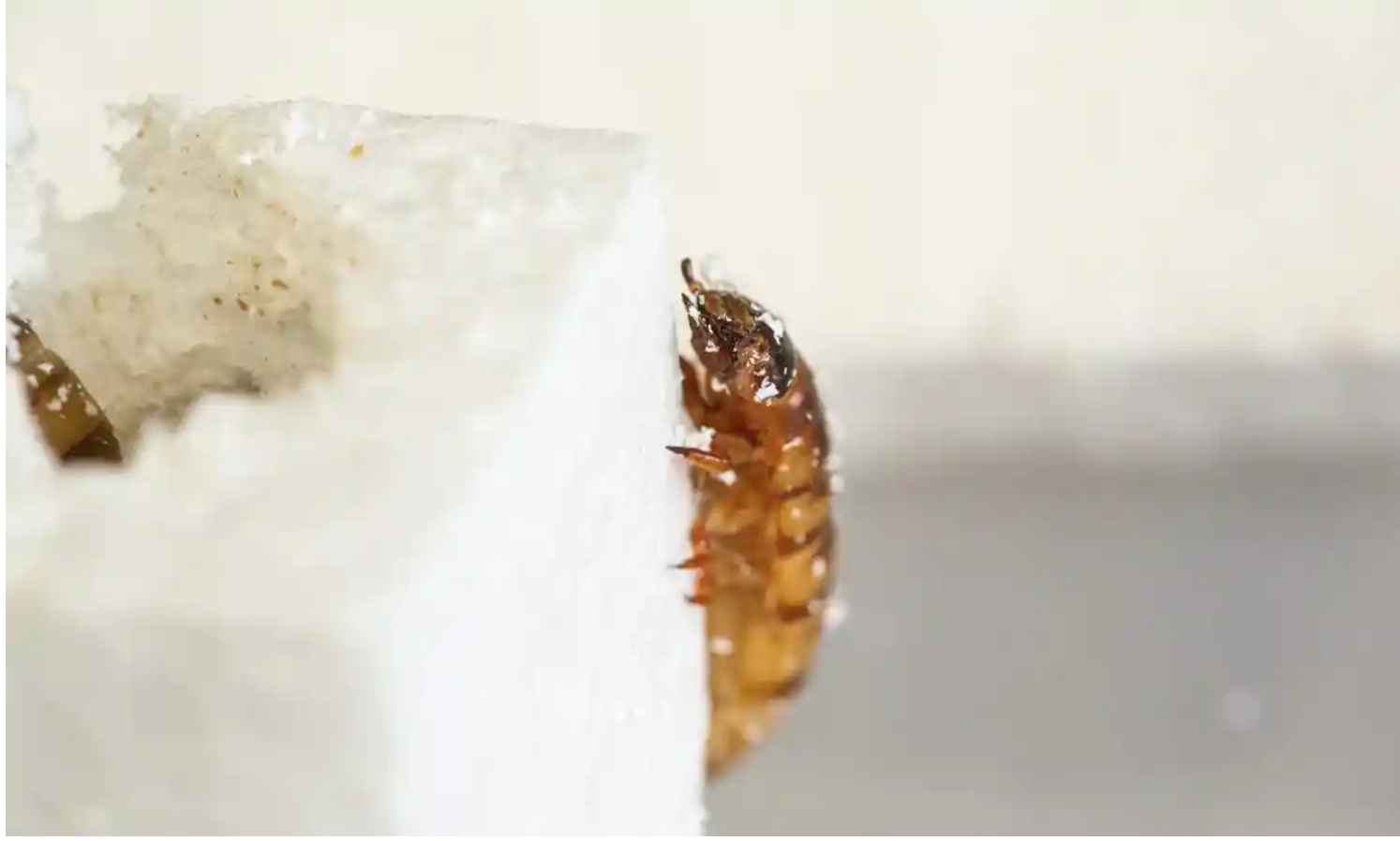A Landfill’s Outsized Contributions to Climate Change
There are currently over 2,500 landfills managed by the Environmental Protection Agency across the United States. The purpose of these sites is to collect municipal solid waste – everything from paper and plastic to fabrics, furniture, and food scraps – into one secure location where it can be processed. Ideally, materials that can be reused, such as some metal and plastic products, are returned to circulation. Over 69 million tons of material out of a total of almost 300 million tons of general waste was extracted from landfills in 2018 and able to be recycled.
Unfortunately, these promising figures tend to hide the reality that landfill waste is still a major source of pollution for the environment, animals, and humans. Landfills are responsible for emitting upwards of 15% of methane emissions, a potent greenhouse gas. While some types of waste can be recycled and degraded through the landfill process, much of the contents of landfills, particularly plastic waste, remain in the ground unable to decompose for hundreds of years. Additionally, the UN Environment Programme estimates that over half of the plastic products in landfills are designed for single-use purposes.
Many negative environmental health effects find their origin in landfills. They can create gases like sulfides, ammonia, and methane, and even short-term exposure to these sites can cause irritation of the lungs, eyes, nose, and throat, and induce headaches and nausea. Long-term effects of proximity to landfills can include reduced lung function, asthma, lung cancers, and neurotoxicity. Additionally, these landfills constantly contribute to the problem of microplastics entering the world’s oceans, harming sensitive ecosystems.
Beyond health impacts, there is also evidence to suggest that landfills cause economic damage as well. On average, landfills can decrease the value of adjacent land by 12.9%. Additionally, low-income neighborhoods with larger minority populations have most often been targets for new or consolidated landfill projects, placing much of the economic and health burden on these populations.
The actual number of landfills has decreased over time in the US. However, this is largely due to the consolidation of many existing landfills. Essentially, some sites have gotten so large that they need to combine with nearby sites to fit the amount of waste in both. While the quantity of landfills has technically decreased, the amount of trash compiled over time has increased, pointing to growing populations and more waste.
To help curb this problem, experts suggest that individuals should emphasize “reduce” and “reuse” before “recycling” as much as possible – that is, eliminating the waste potential that one takes on in the first place, and reusing items as much as possible. The individual level can only go so far, however. A Stockholm Environment Institute study suggests that just 20 large companies are responsible for 50% of the world’s single-use plastic waste. On a systemic level, individuals can put pressure on governments to instill policies that incentivize a reduction in waste from these largely uncontrolled polluters.
Scientists are developing some unique solutions to this growing problem. Researchers in Australia have recently released a study indicating that a specific type of worm can consume and naturally process polystyrene (Styrofoam), which is one of the worst types of waste to have in landfills because of how much space it takes up, how long it takes to decompose, and its toxicity once it does. While not a catch-all solution, it is a combination of innovative ideas like these that will be essential in tackling the landfill problem that is contributing to dangerous climate outcomes.
Photograph from University of Queensland

